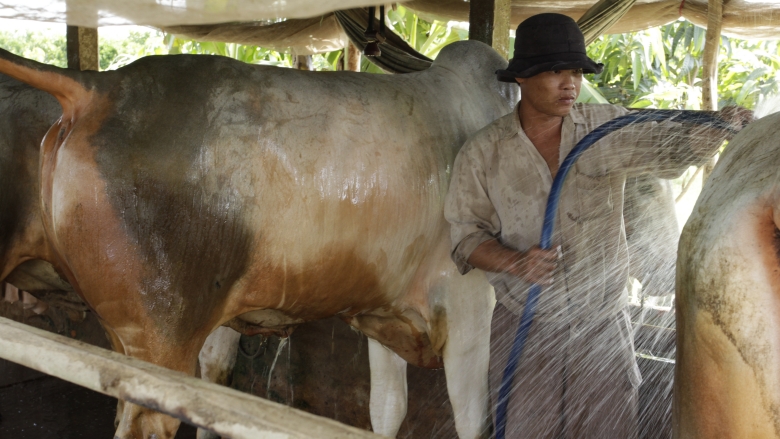Anti-microbial resistance (AMR), which reduces the ability to treat infectious diseases and breeds ‘superbugs’ that are hard or impossible to cure, has emerged in the last two decades as one of the biggest threats to public health.
Already, AMR causes 700,000 deaths per year. Without action, the death toll from AMR could rise even higher, to as many as 10 million deaths annually by 2050. The world’s poorest people --those living in low- and middle-income countries or in the increasing areas affected by fragility, conflict and violence-- are especially vulnerable.
But AMR isn’t just a public health challenge. It’s a development problem.
Unchecked, AMR will hamper progress towards the 2030 Sustainable Development Goals, harm economies and negatively impact human capital. If countries don’t act to stop the rise of AMR, its economic impact is projected to rise to more than US$1 trillion annually after 2030.
Much also remains to be done to reduce the use of antimicrobials and encourage sustainable food systems. Globally, 73% of all antimicrobials sold are used in animals raised for food. This over-reliance is not only a threat to public health, but also to the sustainability of a livestock sector on which millions of farmers depend.
Pulling Together to Beat Superbugs explores the gap between knowing and doing. It proposes solutions and approaches that the research and development community should consider to help address the AMR challenge.
Main messages:
- Efforts to address AMR are compromised not just by knowledge gaps but also by ‘doing’ gaps. Challenges include ineffective implementation, piecemeal and poorly sequenced interventions that can’t adequately address complex AMR problems and the deployment of ‘one-size-fits-all’ best practice solutions that don’t work in all development contexts
- Researchers should focus on bringing AMR solutions out of the laboratories so that they can be tested in and customized to diverse real-world development contexts
- AMR needs to be reframed as a global development problem that cannot be solved by technical solutions that focus exclusively on the misuse of antimicrobials. Instead, a diverse set of actions across multiple sectors—such as increasing access to clean water and sanitation, building resilient food systems and educating younger generations on AMR—will be critical to curbing the rise of AMR
- Countries can use available financing more astutely by being more conscious of how investments can curb AMR. Not only do AMR-sensitive investments have the potential to reap high returns, but in the context of scarce resources for development activities, they are particularly effective.
- An AMR lens should be applied to public and private investments, to evaluate ways in which they can bring AMR co-benefits and contribute to the AMR solution
